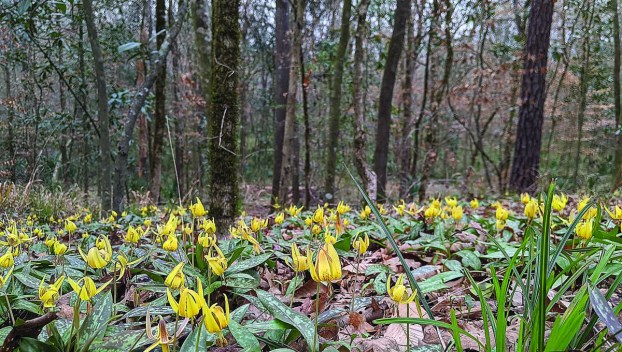
Local News
Treasure Under the Trees: Rare lilies bloom for short time at Grady County preserve
WHIGHAM, Ga. — There is a treasure under the trees in a small patch of forest outside of ... Read more

WHIGHAM, Ga. — There is a treasure under the trees in a small patch of forest outside of ... Read more